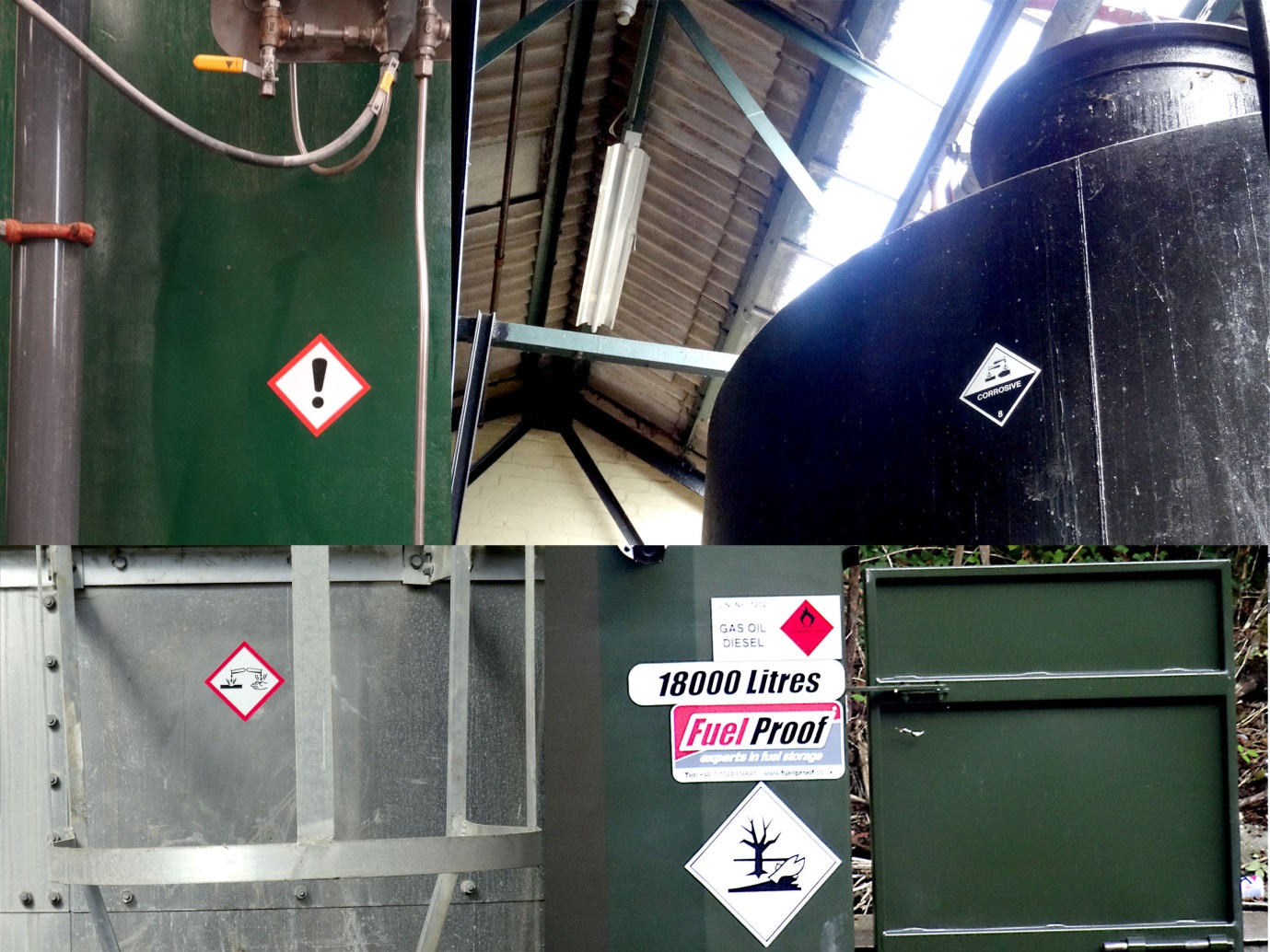
Sometimes, dangerous goods need to be transported from one destination to another. While this is an obvious consequence of our interconnected world, the fragility of shipping and scope for accidents leaves the transport of dangerous goods as a sector one that cannot afford any safety missteps or shortcuts. As such, a set of stringent dangerous goods regulations, signs and labels have come about to maintain the safety of recipients and couriers.
The Definition of Dangerous Goods
In a literal sense, a dangerous good is an item or substance that poses a risk to a person or property. Dangerous goods are not to be confused with hazardous substances, which differentiates itself from dangerous goods as it is a chronic or acute danger solely for the health of people; in general, dangerous goods is a little broader.
In legal terms, a dangerous good is any item that falls within the items listed in The Dangerous Goods Emergency Action Code (EAC) List 2019, which is updated every two years to reflect the development of new dangerous goods.
When shipping a good, if it is found on this list, then it must be properly labelled and signposted. On a wider level, emergency services, local government and those involved in health and safety must comply with the list.
The Regulations
Under The Carriage of Dangerous Goods (Amendment) Regulations 2019, a supplier must meet a set of specific requirements when transporting and supplying goods. Broadly-speaking, a supplier must, by law, signpost their products with hazard symbols, warnings, safety advice and medical guidelines in case of an accident.
Alongside the exterior label, somewhere on or packaged in with the product must be instructions for use, while goods used in the workplace must come with material safety data sheets.
Packaging must meet UN specification standards and pass the usual practical transport tests such as dropping tests, stack tests and pressure tests. The package must also meet the needs of its contents adequately, which will vary from export to export.
There are additional regulations for road, air and sea. Road regulations of dangerous goods transport is organised by The European Agreement Concerning the International Carriage of Dangerous Goods by Road (ADR), which are updated regularly. Air regulations are organised by The International Air Transport Association (IATA), whereas sea shipping standards are set by the International Maritime Dangerous Goods Code (IMDG).
What Do Dangerous Goods Signs and Labels Look Like?
Dangerous goods fall into nine classes:
- Explosives
- Gases
- Flammable Liquids
- Flammable Solids
- Oxidizing Substances
- Toxic and Infectious Substances
- Radioactive Material
- Corrosives
- Miscellaneous Dangerous Goods
Whichever class a product falls into, they must be labelled with the corresponding dangerous goods label or sign. These signs are diamond shaped and have different colours. Gases, for example, are a dark green, whereas the explosives label is an amber colour. These labels must adhere to both HSE and UN standards.
Label Source has stocked the best in dangerous goods labels. For more from the world of labels, be sure to follow Label Source on Facebook and Twitter.